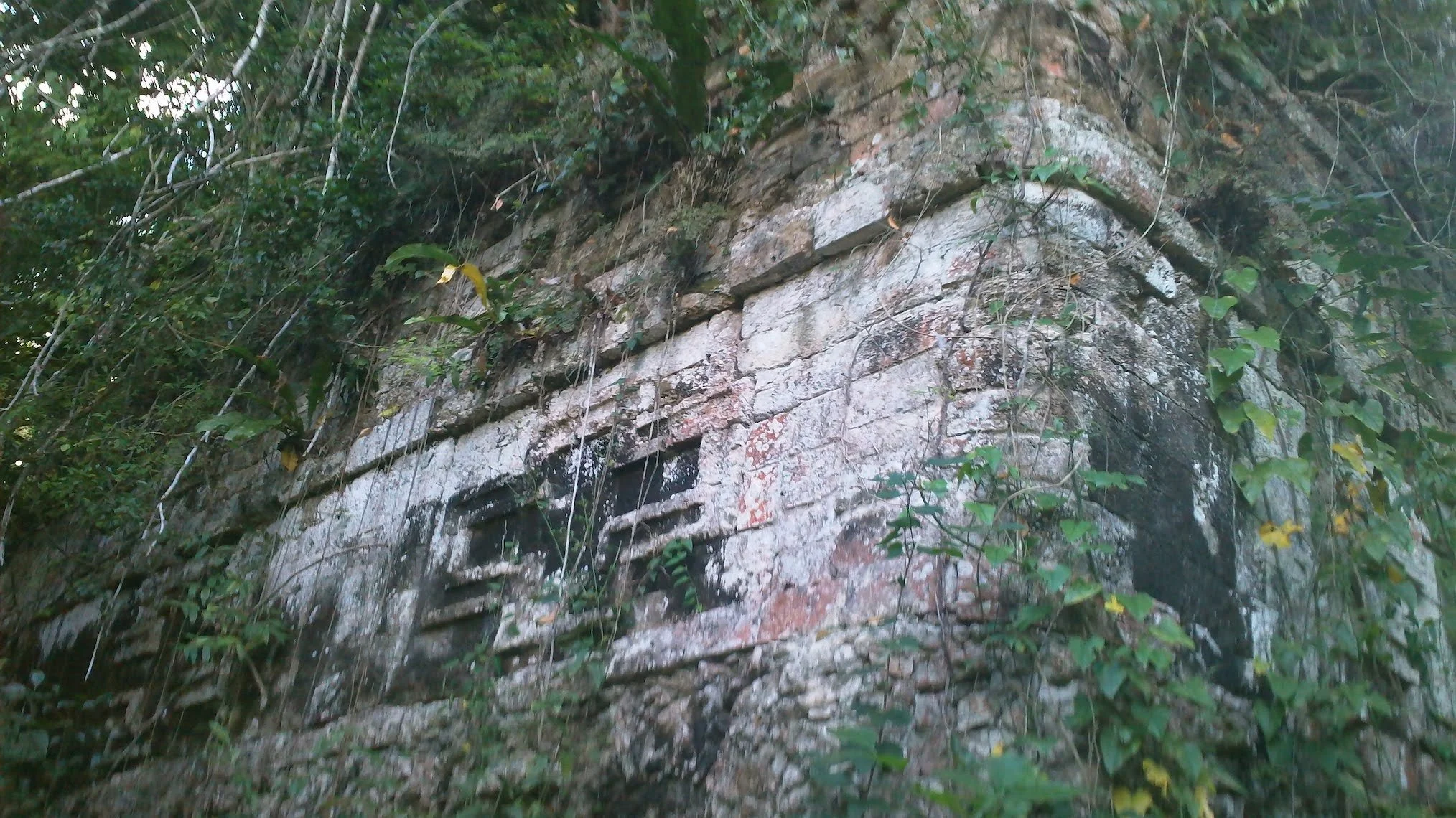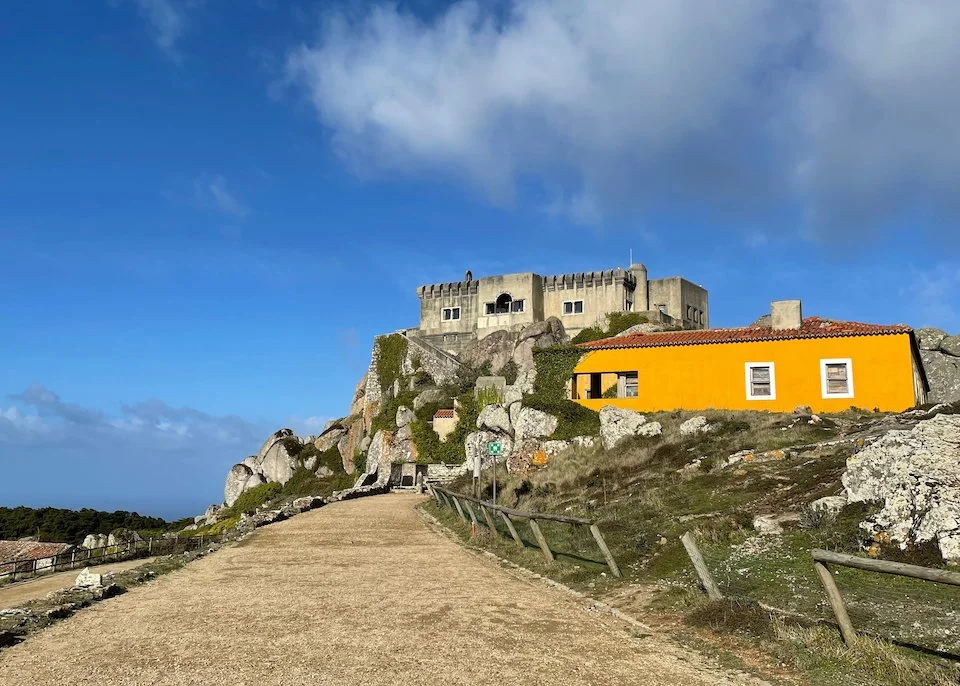Into the Jungle
By Carolyn Handler Miller
The first thing you notice is the air, soft and gentle on the skin. Early in the day, it feels warm, but as you venture deeper into the jungle, the air becomes hot, even in the shade, and you begin to sweat. You don’t mind too much, though, for the butterflies will distract you. They come in an array of colors: yellow, violet, orange, turquoise, and a pale green species that perfectly blends in with the vegetation. As you make your way along the footpath, you’ll see a tangle of vines dangling from tall trees. Watch your step, though. These vines also crisscross over the trail, sprawling in every direction, and are easy to trip over, as are the roots of the surrounding trees. You must be careful where you put your feet.
This is the jungle of the Yucatan Peninsula, dense with vegetation, and throbbing with life. It is the second-largest stretch of tropical forest in the Americas; only the Amazon jungle is larger. I’d come here with my husband Terry in part to answer a question that had been puzzling me for years: what was the relationship between this jungle and the ancient Maya people? In many ways, it is an inhospitable place, with deadly snakes, infrequent sources of water, and impenetrable vegetation. Yet the Maya people had extensively settled in the jungles of the Yucatan Peninsula and in Belize and Guatemala. They had built massive cities and created complex societies here. They had thrived here for centuries, and still live here today.
We had been to this part of the world three times and found it fascinating, but I had never gotten my fill of the jungle and wanted to know what life might have been like here in ancient times. I wanted to explore it more thoroughly, and both my husband and I wanted to see the difficult-to-visit ruins of Calakmul. It is one of the greatest Maya cities thus far discovered, with massive structures and scale, sprawling over 27 square miles. The site is located in the heart of the enormous Calakmul Biosphere Reserve, a sanctuary for the native plants and animals of the region.
Getting to this part of Mexico is not easy. It is a tough six-hour drive south of Merida, the largest city on the Peninsula. We took the shortest road in terms of miles, but it was horribly pitted with potholes and devoid of gas stations – nowhere for a restroom break, except for the side of the road. Unlike popular Maya sites like Chichén Itza and Tulum, the Calakmul area has not been extensively developed for tourism.
We did arrange for a wonderful place to stay, though: Rio Bec Dreams, a small hotel deep in the jungle. The hotel is run by an outgoing Englishwoman, Diane Lalonde. She arranged for two excellent guides for us, one to take us into the jungle and the other to show us around Calakmul. Both Izaquiel and Luis were Maya and had lived in this area all their lives, and knew the jungle well.
We were the only visitors at two of the ancient sites we visited, and aside from the famous ruin of Calakmul, we spotted only a trickle of people. The ruins we visited offered striking architecture with unique sculptural details, and I was captivated by them all. One had a frightening “monster mask” with a mouth tall enough for a ceremonial procession to file through. Another had six delicately sculpted half-human, half sun god masks. Calakmul itself contained many imposing, well-excavated structures and a gorgeous mural of its ancient marketplace, plus the second tallest building of the ancient Maya world discovered so far.
Despite all these wonders, I continued to be fascinated by the jungle itself. Once you take a few steps in, you are surrounded by foliage of every size and every shade of green, from emerald green leaves as large as dinner platters to bushes with strands of tiny mint green leaves each no larger than a watermelon seed. The vegetation is so dense that if you stray off the trail, you can become hopelessly lost within minutes. Luis told us about a party of visitors who decided to follow a troop of monkeys into the wilderness. When the hikers were finally rescued, they were distraught, completely disoriented, and severely dehydrated.
If you are lucky, you might see orchids in bloom among the foliage, perched high in the trees and anchored by their wiry white roots. Early in the morning, you will hear parrots calling, even if you cannot see them. Late in the day, you will almost always see groups of monkeys, either the acrobatic spider monkey or the dark, furry howler monkey, known for its bloodcurdling roar. One thing everyone wants to see, but almost certainly will not, is a jaguar. They are rare and elusive and wary of humans. The ancient Maya revered them as sacred beings, symbols of power and darkness, rulers of the underworld. Kings draped themselves in jaguar skins and temples were dedicated to them.
With time and experience, we began to understand the jungle better, and things that puzzled us at first began to make sense. We began to appreciate how the Maya people – both past and present – have thrived in this seemingly hostile place. For example, strange wooden boxes hanging from trees turned out to be aviaries. Izaquiel explained that the ancient Maya were famous beekeepers, and the honey they collected was prized by their trading partners. Today’s Maya continue to be skilled beekeepers.
The jungle provided an entire menu of foods to the ancients, including fruits, wild game, and most treasured of all: chocolate. Our guides also showed us the trees that provided materials for the incense used during their rituals and the bright colors for their murals and their buildings.
The jungle also served as a kind of pharmacy. Mosquitos are a ubiquitous curse in the jungle, and I was covered in bites, so I was happy to learn that the Maya, both ancient and contemporary, know a tree whose sap soothes the maddening itch. Unfortunately, this balm is impossible to purchase. It must be used within minutes of being extracted from the tree.
We learned that although contemporary visitors are terrified of the region’s venomous snakes, it is more prudent to be wary of the “poison tree,” the chechen tree. Touching it can cause an excruciating burning of the skin. Modern medicine has no relief to offer. But ancient and contemporary Maya know that the antidote is right nearby, in the sap of its neighboring tree, the chacah. The poison tree and the relief tree always grow close to each other, and the ancient Maya even had a myth about this. The trees were once two warring brothers in love with the same woman. They fought to the death for her and died in each other’s arms. The gods allowed them to come back to life as neighboring trees.
During these explorations of the jungle, I began to understand how the Maya turned the inhospitable jungle into a valuable resource. It must have been as familiar to them as our hometowns are to us. It provided them with food, medicines, and the paints to embellish their structures. Perhaps even more important, powerful creatures of the jungle became the foundation of their spiritual beliefs and native plants were integrated into their rituals.
As a prize for venturing into the jungle, we received a great reward: the sighting of a jaguar. The beast we saw was not hiding in the tangled underbrush, but instead was regally crossing the Calakmul road, not in any rush. Once he reached the other side, he relaxed under some shrubbery before leisurely disappearing altogether. The jaguar seemed as much at home in the jungle as the ancient Maya must have been who built their magnificent civilization here.
Carolyn Handler Miller (www.carolynhandlermiller.com) is a writer who works across a variety of media. Originally beginning her career as a newspaper reporter and magazine journalist, Carolyn's projects span TV shows and specials, feature films, books and new media. She is one of the pioneering writers in the field of interactive narrative, where she has contributed to over 50 projects as a writer, writer-story designer, and consultant. She is the author of “Digital Storytelling: A Creator's Guide to Interactive Entertainment” (Focal Press), now in its fourth edition.













